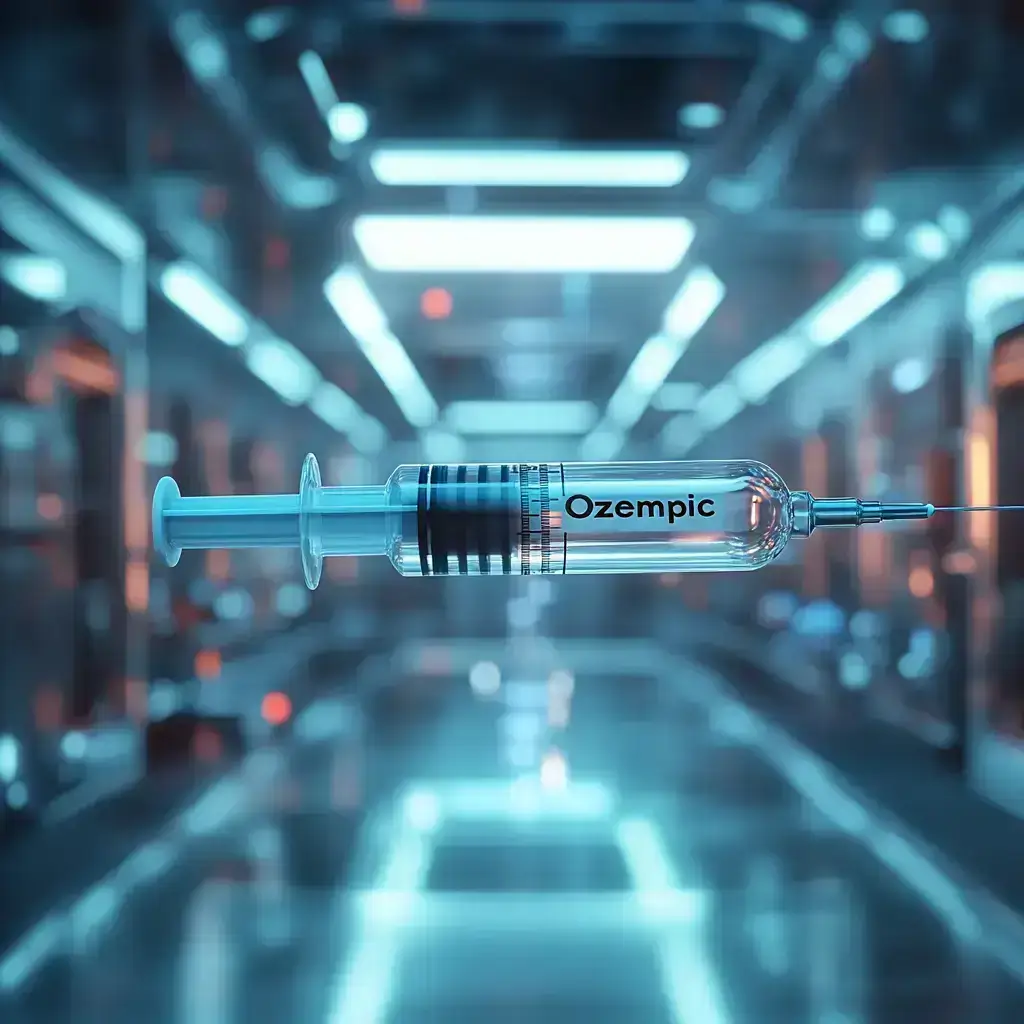Learn how plastic surgery has evolved to shape modern beauty and reconstructive surgery.
Last updated:
September 5, 2025
The Origins of Plastic Surgery
Plastic surgery, now synonymous with beauty enhancements and body transformations, has a rich history that dates back thousands of years. While today's plastic surgery industry is booming with advanced techniques and procedures like facelifts, liposuction, and rhinoplasty, its origins were primarily focused on reconstructive surgery to restore form and function after injuries.
This article delves into the evolution of plastic surgery, tracing its roots from ancient civilizations to the cutting-edge cosmetic procedures we see today.
Ancient Beginnings: The Foundations of Plastic Surgery
Plastic surgery has its beginnings in ancient India around 800 B.C., where the first recorded reconstructive procedures were performed. The famous Sushruta Samhita, a foundational text of ancient Indian medicine, described surgical techniques to repair noses, ears, and lips. At that time, rhinoplasty (nose reconstruction) was a necessity due to the common punishment of nose amputation for crimes.
Sushruta, considered the father of plastic surgery, detailed techniques for skin grafting, using a flap of skin from the cheek or forehead to reconstruct the nose. His innovative methods laid the foundation for modern reconstructive surgery.
Ancient Egyptian Contributions
Ancient Egypt also contributed to the field of surgery, including early forms of cosmetic procedures. Egyptians are known for their intricate knowledge of anatomy, which they used in mummification practices and early surgical experiments. Egyptian surgeons would perform basic reconstructive surgeries, primarily to repair facial injuries and correct deformities caused by war.
The Middle Ages: Plastic Surgery in the Dark Ages
During the Middle Ages, the practice of surgery, including plastic surgery, was often seen as risky and even taboo. Without the advanced understanding of infection control, anesthesia, and sterile techniques, surgeries were rudimentary and dangerous. However, some Italian surgeons in the Renaissance period were known for their work in nasal reconstruction, especially after injuries sustained in battle or from disease.
Gaspare Tagliacozzi: The Father of Modern Reconstructive Surgery
One of the most notable figures of the 16th century was Gaspare Tagliacozzi, an Italian surgeon considered the father of modern reconstructive surgery. He pioneered techniques for skin grafting to restore noses and ears damaged by trauma. Tagliacozzi’s work was groundbreaking for the time and closely resembles some of the skin grafting procedures still used today.
Tagliacozzi famously stated, “We restore, repair, and make whole those parts which nature has given, but which fortune has taken away.” His work helped plastic surgery slowly gain respect and recognition as a legitimate medical field.
The 19th Century: Advancements in Reconstructive Surgery
Plastic surgery saw significant advancements during the 19th century, driven by the development of anesthesia and sterile techniques. This made surgery safer and less painful, allowing for more complex procedures to be performed with fewer risks.
Reconstructive Surgery in War
The World Wars played a significant role in the evolution of plastic surgery. Surgeons were tasked with reconstructing the faces and bodies of soldiers who had been severely disfigured by gunfire, explosions, and burns. The field of reconstructive surgery advanced rapidly during this time, as surgeons developed new techniques to repair injuries and improve the quality of life for wounded soldiers.
Dr. Harold Gillies, a British surgeon, is often credited with pioneering modern plastic surgery during World War I. He specialized in facial reconstruction and developed innovative methods to treat soldiers with facial injuries, particularly those caused by trench warfare. His work laid the groundwork for the rise of cosmetic surgery in the mid-20th century.
The 20th Century: The Rise of Cosmetic Surgery
While plastic surgery had traditionally focused on reconstructive procedures, the 20th century saw the rise of cosmetic surgery as a means of enhancing beauty and self-esteem. As society became more image-conscious, especially in Hollywood, demand for procedures like rhinoplasty, breast augmentation, and facelifts increased.
Hollywood’s Influence on Plastic Surgery
With the rise of Hollywood in the early 20th century, the pressure to look perfect increased dramatically. Celebrities began seeking out plastic surgery to enhance their features, and the public soon followed suit. Rhinoplasty (nose jobs) became one of the most popular procedures, as many stars sought to refine their facial features to fit the ideals of beauty at the time.
As plastic surgery became more accepted and accessible, it moved beyond the movie stars and into mainstream culture. The 1950s and 1960s marked a turning point in the popularity of cosmetic procedures, as the general public embraced the idea of improving their appearance through surgery.
Key Developments in Cosmetic Surgery
- Breast Augmentation (1962): The first breast augmentation surgery using silicone implants was performed in 1962, opening the door for one of the most popular cosmetic surgeries today.
- Liposuction (1970s): Liposuction was developed in the 1970s as a way to remove excess fat from specific areas of the body, revolutionizing body contouring procedures.
- Facelifts and Eyelid Surgery: These procedures gained popularity in the mid-20th century as people sought to combat the visible signs of aging. Innovations in technique allowed for more natural-looking results and shorter recovery times.
Plastic Surgery Today: Innovation and Accessibility
Today, plastic surgery has evolved into a multi-billion-dollar industry, with countless options for both cosmetic and reconstructive procedures. From minimally invasive treatments like Botox and dermal fillers to complex operations modern plastic surgery offers solutions for nearly every aesthetic concern.
Minimally Invasive Procedures
In recent years, there has been a surge in the popularity of non-surgical cosmetic treatments. Procedures like Botox, dermal fillers, and laser skin resurfacing offer patients the ability to achieve their desired results with minimal downtime and without going under the knife.
Advanced Surgical Techniques
Advancements in technology have allowed for safer and more effective surgeries, with reduced recovery times and better results. Surgeons like Dr. Meegan Gruber use state-of-the-art equipment and techniques such as awake plastic surgery and traditional general anesthesia plastic surgery to provide tailored, natural-looking results with minimal risk.
The Role of Plastic Surgery in Body Positivity
Today, plastic surgery is not just about adhering to traditional beauty standards. Many individuals use cosmetic procedures as a tool for self-expression and body positivity, embracing their unique features while enhancing certain areas for personal satisfaction. The conversation around plastic surgery has shifted from perfection to empowerment, as people seek to improve their confidence and well-being through cosmetic enhancements.
The Future of Plastic Surgery
Plastic surgery has come a long way since its ancient beginnings, evolving from a reconstructive necessity to an empowering choice for many people around the world. As technology continues to advance, the future of plastic surgery promises even more minimally invasive options, customized procedures, and safer outcomes.
Whether you're interested in a cosmetic procedure for beauty enhancement or a reconstructive surgery for functional reasons, it's essential to choose a board-certified plastic surgeon like Dr. Meegan Gruber, who is committed to delivering results that prioritize safety, natural aesthetics, and patient satisfaction.


%402x%20(2).svg)





